A Look at Privet: What We Can Plant Instead
As someone who has long loathed privet, I have been utterly blown away with the frequent occurrences I have had recently of folks telling me how pretty this shrub they own is. I’ve even been asked to identify a shrub they just planted only to find out that it’s privet.
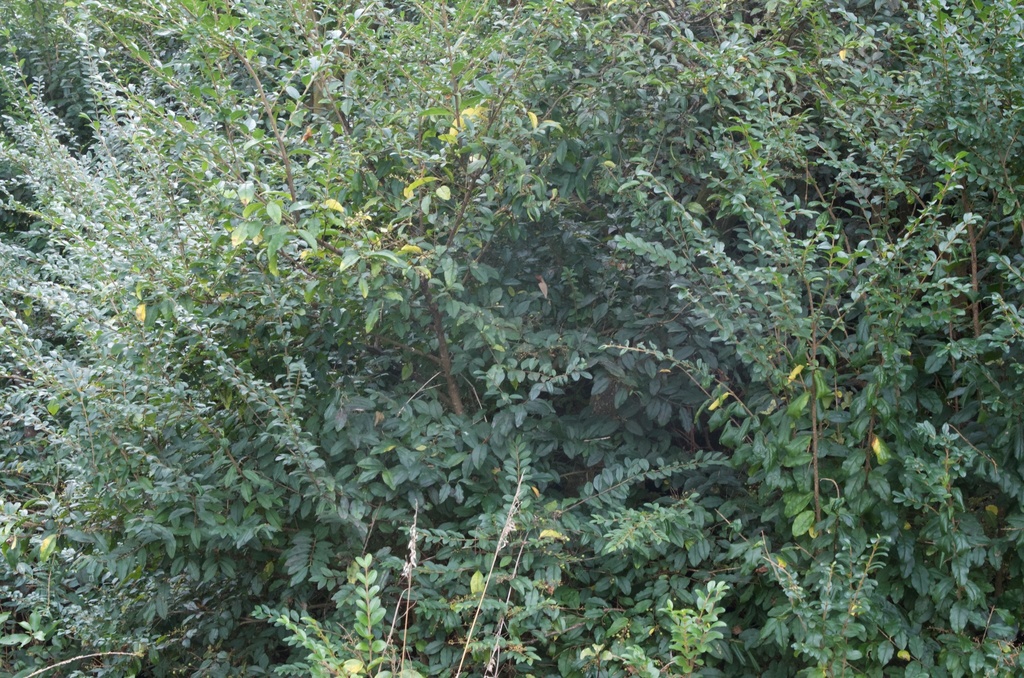
Privet, whether it be Chinese Privet (Ligustrum sinense), Japanese Privet (Ligustrum japonicum), or Glossy Privet (Ligustrum lucidum), is promoted as an ornamental shrub throughout the country. Privet is sold in nurseries, taught in planting courses at the collegiate level, and even recommended by some state organizations as a viable shrub for habitat creation.
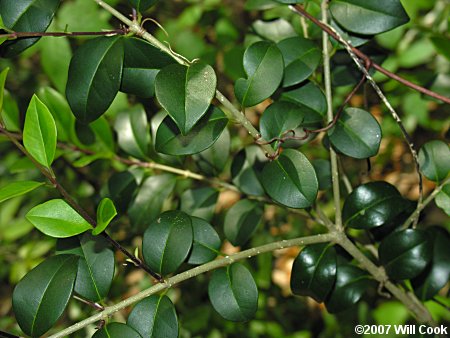
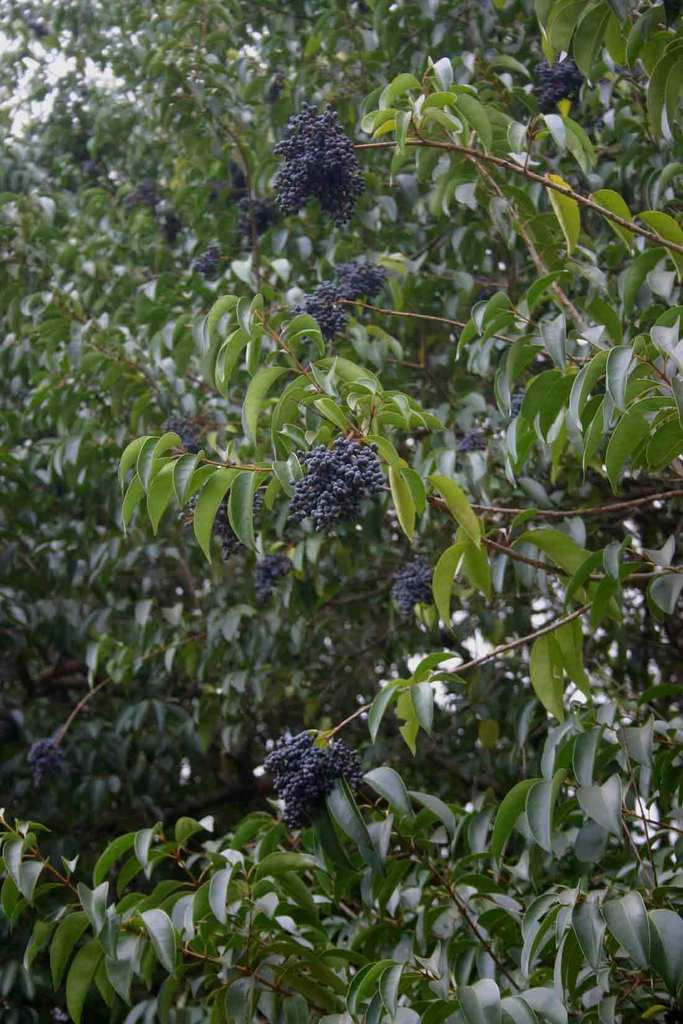
Unfortunately, according to the University of Georgia’s Center for Invasive Species and Ecosystem Health, some 1,115,920 acres of the 24.7 million acres of forested land in Georgia is occupied by non-native Privet species, making it one of the most severe threats to natural communities. Its aggressive nature renders it the dominant species amongst the shrub layer of forests and out-competes native species.
A Brief History of Privet
Privet was introduced to the United States in the late 1700’s into the early 1800’s as an evergreen ornamental shrub. Frequently used in hedge rows, Chinese Privet was even deemed the most suitable shrub to line the football field at The University of Georgia’s Sanford Stadium in 1929, and “The Hedges” remain as an iconic emblem. Around this time, privet began to escape cultivation and, by the 1950’s, it had integrated into surrounding natural landscapes across Georgia.
Before the introduction of Privet, many natural landscapes had far more open clearings than what we are see today. Native shrubs naturally grew in less dense formations than the privet thickets that now dominate. Once it escaped cultivation, Chinese Privet quickly began to disturb the soil structure and, in turn, the flora and fauna began to decline. As a consequence, privet began drastically reducing the presence of native bee populations within a few short decades, reducing the pollination and regeneration rates of native flora. The highly invasive nature of this plant is due to its rapid maturation rates, its ability to out-compete native species for sunlight, and its ability to reproduce both sexually and asexually. Needless to say, privet forever changed the look and functionality of the landscape.
Landscape Alternatives to Privet
Privet is used in a variety of ways in landscaping, and we will examine options for native alternatives based on the desired function of the plant. Keep in mind, there are more options than what you see here and anything you choose to use in place of privet is probably a better alternative than this invasive non-native species. (Please note that the evergreen shrubs/trees listed below are naturally found outside of Georgia’s Piedmont region but are able to thrive as plantings amongst the built environment of the Piedmont and are not thought of as problematic.)
Hedgerow
Florida Anise (Illicium floridanum)
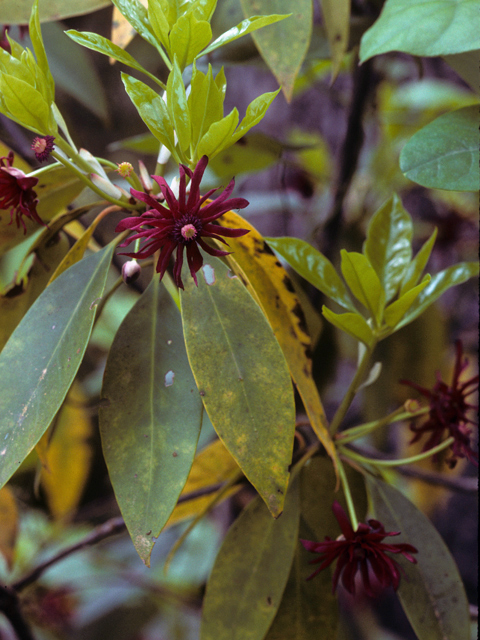
This is a great choice for shady, moist areas, though it can tolerate slightly drier soils and filtered sun. Florida Anise can grow six to ten feet tall and six to eight feet wide, but can easily be maintained as a smaller shrub as well. The dense foliage provides shelter for birds and other wildlife, and the unique star-shaped blooms produce an anise-spice fragrance.
Mountain Laurel (Kalmia latifolia)

While the show-stopping blooms of this shrub are what attracts most folks, the evergreen broad leaves of Mountain Laurel make it a great option for creating an attractive hedge row. This shrub thrives in partial shade with moist soils, can grow up to twelve feet, and even form into a taller small tree. The multi-stemmed base lends itself to forming a thicket that is ideal for hedgerows.
Shrubby St. Johnswort (Hypericum prolificum)

With its bright yellow, bee attracting blooms, Shrubby St. Johnswort is an evergreen shrub that is sure to bring some new life to the old notions of hedgerows. Growing up to three feet in height, this is a shrub that can tolerate a variety of sun and soil conditions. Though it is a deciduous shrub, the smooth, fine-textured foliage turns an attractive yellow-green in the fall, extending the length of time this shrub provides interest.
Flowering Specimen
Silverbell (Halesia tetraptera)
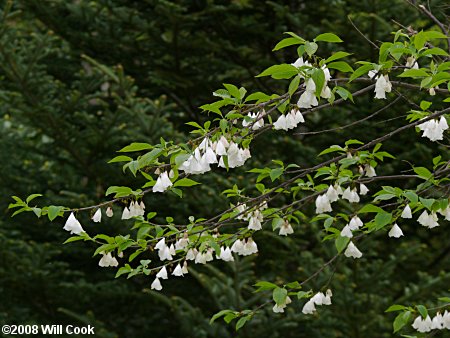
Growing up to thirty feet, silverbell is an early spring bloomer whose white, delicate flowers make it an excellent native alternative to Japanese Privet. This small tree/shrub is typically found in moist, mostly shady areas, but can tolerate more sun and drier soil conditions in landscape settings. In addition to the spring flowers of silverbell, the leaves turn a brilliant yellow in the fall, the unique fruits turn tan and remain into the fall and winter, and the bark of mature plants begins to peel, providing year-round interest.
Sweetbay Magnolia (Magnolia virginiana)
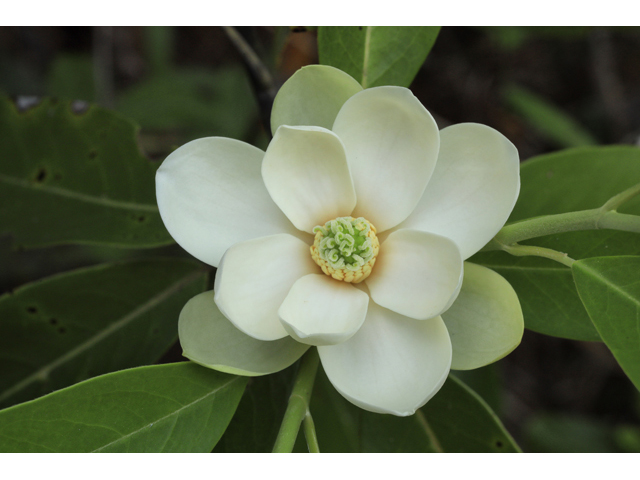
The Sweetbay Magnolia is a smaller, more upright version of the grand Southern Magnolia so often associated with the South. Growing thirty-plus feet at its most mature, the glossy evergreen leaves and fragrant blooms render this shrubby tree an exciting alternative to Japanese or Glossy Privet. This specimen grows best in slightly moist, somewhat acidic soils, and part shade. One look at this beauty and you will forget what the flowers of ornamental Ligustrums even look like.
Berry Producing Shrubs

Inkberry (Ilex glabra)
This evergreen shrub grows six to twelve feet tall and six feet wide, and can tolerate full sun or part shade, but will produce more berries in sun. It is important to note that Winterberry needs to be pollinated to produce berries, so both a male and female plant are needed. They make a fantastic filler shrub that will have birds flocking to devour the abundant fruit.
Serviceberry (Amelanchier arborea)
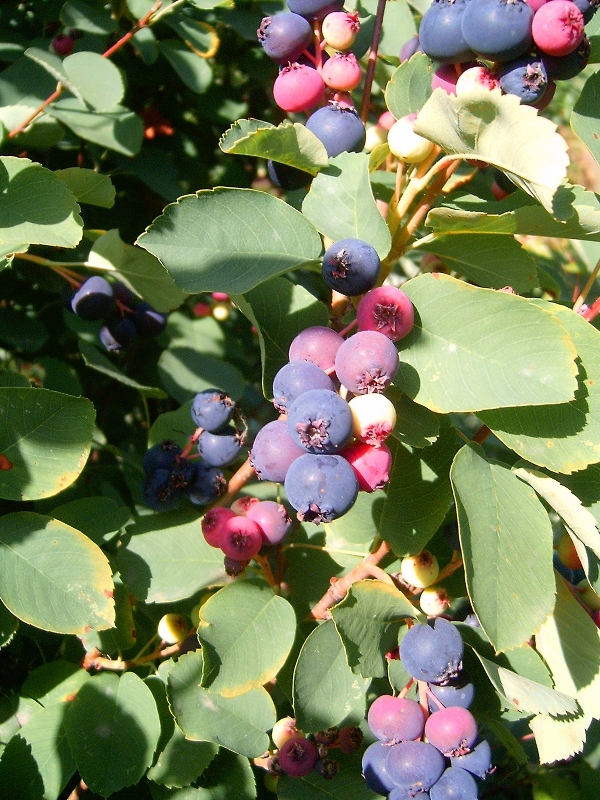
Another small tree/shrub with multiple attractive characteristics is Serviceberry. White blooms appear in early spring, plump berries appear in early summer and ripen from a bright red to a deep purple as they mature, and then the leaves put on a display of yellows and oranges that carry this shrubby tree through the fall. Serviceberry is a favorite of many birds and other woodland critters – get your binoculars ready if you decide to plant this instead of privet! Growing up to twenty feet in height, this multi-stemmed understory plant prefers partial shade and can tolerate a variety of soil conditions.
We hope that this post gets you excited to rip out the privet you see in your backyard, chop down that fifteen foot “Japanese Ligustrum” on the corner of your house (even if it’s blooming), and get to planting some of these native alternatives to one of the most detrimental invasive plants in our natural landscapes. Good luck with that removal process!
